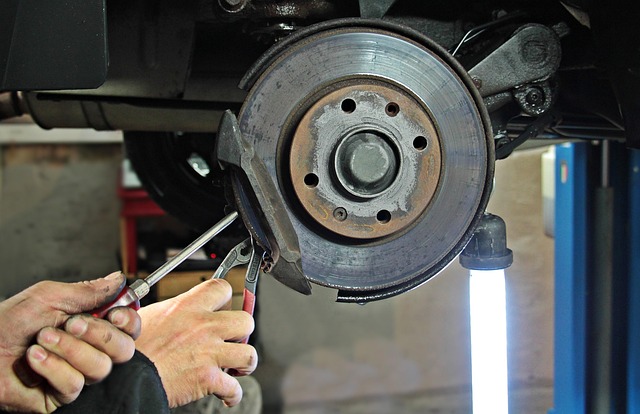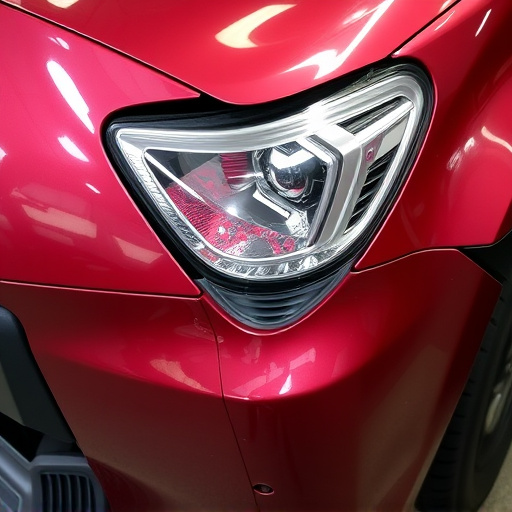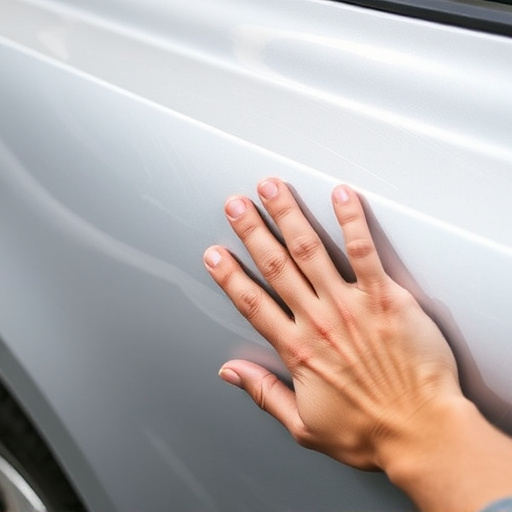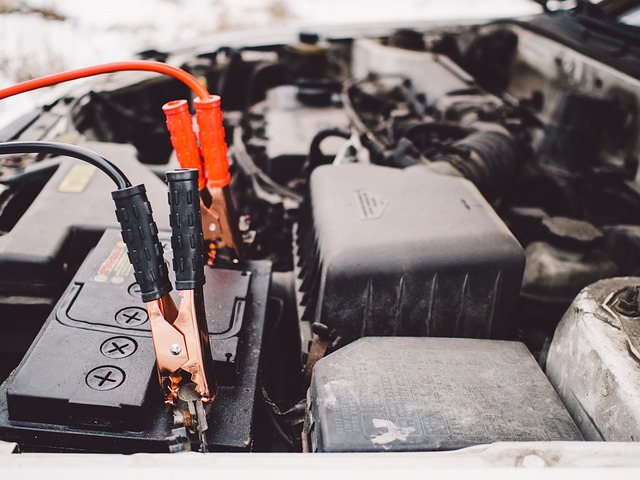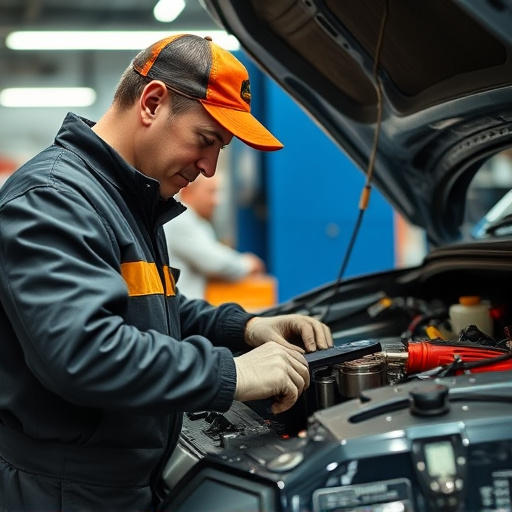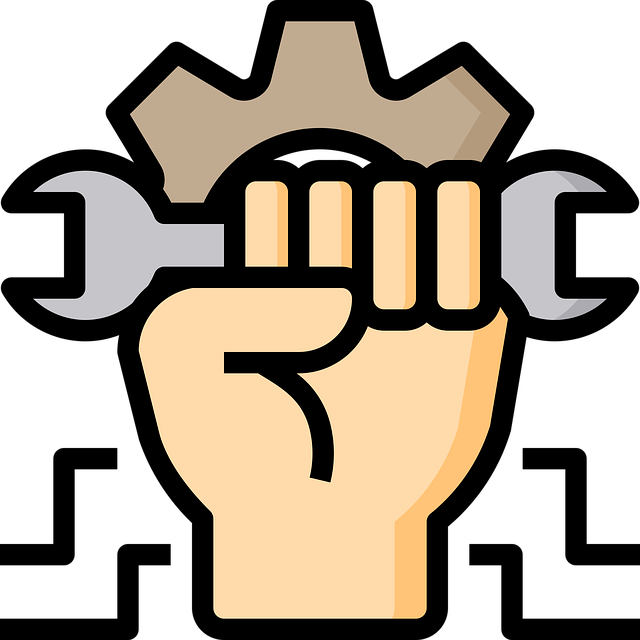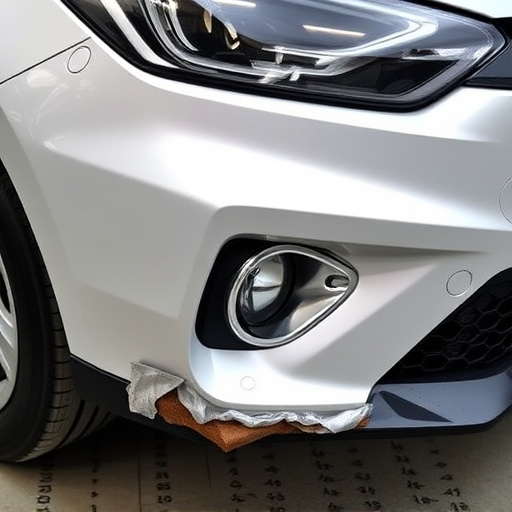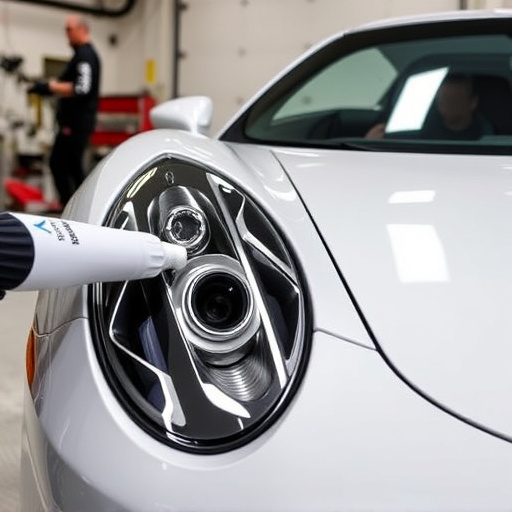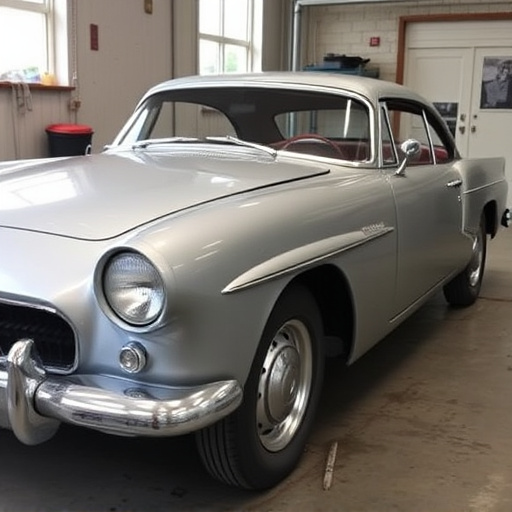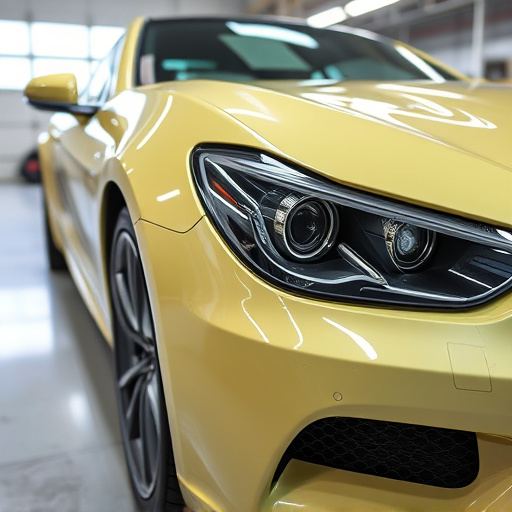Headlight alignment collision repairs are crucial for road safety, preventing blinding, reducing side road visibility, and loss of control, especially in low-visibility conditions. Frame straightening restores structural integrity and realigns headlights to original specifications after a collision. Calibration ensures precise adjustments, enhancing night driving visibility and safety, preventing accidents, and blind spots. Proper calibration benefits auto dent repair services by improving productivity, customer satisfaction, reducing future accident risks, and enabling cost-effective solutions like paintless dent repair.
In today’s digital era, proper headlight alignment is crucial for vehicular safety. When involved in a collision, accurate headlight alignment becomes even more critical as it directly impacts driving visibility and subsequent accidents. This article explores the role of calibration in headlight alignment collision repairs. We delve into understanding the impact on safety, dissecting the calibration process, and highlighting the benefits of proper calibration for collision repair facilities to ensure safe and effective repairs.
- Understanding Headlight Alignment and Its Impact on Safety
- The Calibration Process: Ensuring Precise Repairs
- Benefits of Proper Calibration for Collision Repair Facilities
Understanding Headlight Alignment and Its Impact on Safety

Headlight alignment plays a pivotal role in ensuring road safety, especially during nighttime driving or in low-visibility conditions. Proper alignment ensures that headlights cast light accurately onto the road surface, enhancing driver visibility and enabling them to react swiftly to potential hazards. Misaligned headlights can cause blinding of oncoming drivers, reduce side road visibility, and even lead to loss of control, making headlight alignment collision repairs a critical aspect of auto collision repair.
When a vehicle undergoes a collision, the impact can disrupt the precise geometry of the car bodywork, including the headlight assembly. This misalignment not only affects the performance of the headlights but also has implications for overall vehicle safety. Frame straightening, a specialized process in auto collision repair, is often required to restore the car’s structural integrity and ensure that headlight alignment is accurately restored to its original specifications.
The Calibration Process: Ensuring Precise Repairs

The calibration process plays a pivotal role in achieving precise headlight alignment following collision repairs. It involves meticulous adjustments to ensure the headlights are perfectly aligned with the vehicle’s structure and road conditions. This procedure is crucial for not only enhancing visibility but also maintaining optimal safety while driving at night or in low-light conditions. Skilled technicians utilize specialized tools to measure and fine-tune each headlight, ensuring they point correctly and do not deviate from their ideal angles.
Proper calibration guarantees that the headlights cast light where intended, avoiding blind spots and improving overall illumination. This precision is especially critical for vehicle repair services focusing on collision repairs, as misaligned headlights can lead to accidents or cause other drivers to experience discomfort and reduced visibility. By calibrating headlights, auto dent repair experts ensure that vehicles return to their pre-collision condition, providing peace of mind for owners and enhancing road safety for everyone.
Benefits of Proper Calibration for Collision Repair Facilities

Proper calibration plays a pivotal role in the efficiency and accuracy of headlight alignment collision repairs. When a car suffers damage leading to misaligned headlights, calibrated equipment ensures precise adjustments, restoring proper lighting angles for safe driving. This goes beyond mere aesthetics; correctly aligned headlights enhance visibility, crucially improving road safety for both drivers and pedestrians during night driving.
Collision repair facilities that prioritize regular calibration of their tools offer several advantages. These include increased productivity through faster repairs, enhanced customer satisfaction due to improved vehicle performance, and reduced risk of future accidents caused by substandard lighting. Moreover, a well-calibrated system can streamline processes like paintless dent repair, offering customers cost-effective solutions within a car body shop setting.
Proper headlight alignment is not just about aesthetics; it’s a critical safety feature on any vehicle. Calibration plays a pivotal role in ensuring that headlights are aligned accurately after collision repairs, enhancing visibility and reducing the risk of future accidents. For collision repair facilities, adopting precise calibration practices not only guarantees high-quality work but also contributes to customer satisfaction and safety on the road.
